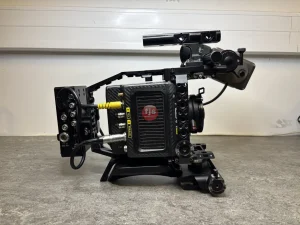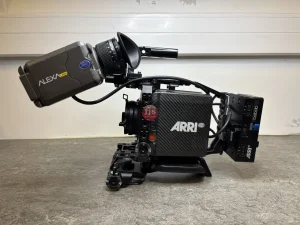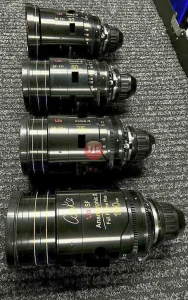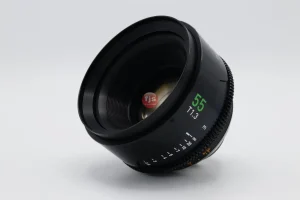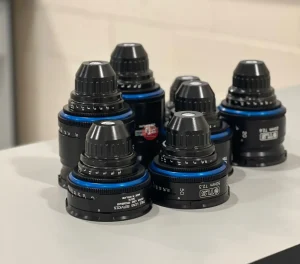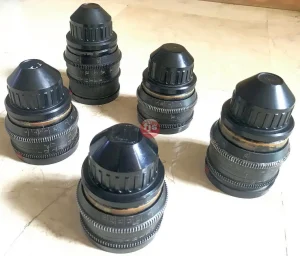Master Prime lenses, renowned for their exceptional image quality and sharpness, are a popular choice for filmmakers. However, achieving the specific visual effects associated with anamorphic cinematography requires dedicated anamorphic lenses.
Key Differences:
- Optical Design: Master Primes are spherical lenses, meaning they capture light rays in a symmetrical manner. Anamorphic lenses, on the other hand, incorporate additional optical elements that create a horizontally stretched image.
- Aspect Ratio: Master Primes project a standard 16:9 aspect ratio. True anamorphic lenses capture a wider image with a 2.39:1 aspect ratio in post-production, delivering the signature widescreen look.
- Bokeh: Master Primes produce circular bokeh, a characteristic common to most spherical lenses. Anamorphic lenses are known for their oval-shaped bokeh, contributing significantly to the distinctive anamorphic aesthetic.
- Lens Flare: Master Primes exhibit standard lens flare patterns. Anamorphic lenses often produce distinctive horizontal lens flares, adding a unique visual element.
Visual Effects:
- Wider Field of View: Anamorphic lenses offer a wider field of view compared to Master Primes at the same focal length, creating a more expansive cinematic experience.
- Distinctive Bokeh: The oval bokeh of anamorphic lenses adds a dreamlike quality and shallower depth of field perception, often sought after in certain creative scenarios.
- Unique Lens Flares: The horizontal flares characteristic of anamorphic lenses contribute to a specific visual style, sometimes employed to enhance the emotional impact of a scene.
Conclusion:
While Master Prime lenses deliver exceptional image quality, they cannot replicate the specific visual effects associated with true anamorphic lenses. For achieving the wider aspect ratio, oval bokeh, and characteristic lens flares, dedicated anamorphic lenses are essential.
Q&A:
- Can I use editing software to achieve the anamorphic look with Master Prime footage?
- To a limited extent. Software tools can stretch the image to achieve a wider aspect ratio. However, replicating the true anamorphic characteristics like oval bokeh and specific lens flares is not possible solely through editing.


